Achieving the **best leg in darts** boils down to consistent high scoring, clutch doubles hitting, and minimizing errors; it’s about quickly reducing your score to zero with the fewest possible darts. In this article, we’ll explore the strategies, techniques, and mindset needed to consistently throw your best darts and achieve that coveted quick leg.
⚠️ Still Using Pen & Paper (or a Chalkboard)?! ⚠️
Step into the future! The Dart Counter App handles all the scoring, suggests checkouts, and tracks your stats automatically. It's easier than you think!
Try the Smart Dart Counter App FREE!Ready for an upgrade? Click above!
Understanding What Makes the Best Leg in Darts
The “best leg” in darts is subjective, but generally refers to completing a 501 game in the fewest possible darts. Professional players frequently achieve legs in 15 darts or fewer, showcasing incredible skill and accuracy. A truly outstanding leg might involve fewer than 12 darts – a rare feat indeed! It’s about combining high scores like 180s and 140s with clinical finishing on the doubles. Understanding the components of a fast leg is key to improving your own game.
Several factors contribute to achieving the **best leg in darts**: consistent scoring, accurate double hitting, and minimizing wasted darts are paramount. Mental fortitude and strategic planning also play significant roles.
Key Ingredients for the Best Leg in Darts
Let’s break down the core elements that contribute to consistently achieving fast legs in darts:
- Consistent High Scoring: Regularly hitting scores of 100 or more (a “ton”) is crucial. Aim for the treble 20 (T20) as your primary target, and have a backup plan if you miss (e.g., treble 19 or bullseye). Consider practicing grouping darts to tighten your spread.
- Accurate Double Hitting: Many a promising leg has been ruined by missed doubles. Practice your doubles relentlessly. Identify your strongest and weakest doubles and work to improve your accuracy on the latter.
- Strategic Checkout Planning: Know your outs! Familiarize yourself with common checkout combinations and plan your approach from around 170 down. Being able to calculate quickly and efficiently is a major advantage.
- Mental Toughness: Darts is a mental game. Stay focused, even when things aren’t going your way. Learn to manage pressure and avoid letting missed darts affect your subsequent throws.
- Minimizing Errors: Every wasted dart adds to your leg score. Focus on consistent technique and avoid unnecessary risks. Sometimes, playing for a lower score to leave a more comfortable double is the wiser choice.
Mastering these elements will significantly increase your chances of throwing a memorable and impressively fast leg.
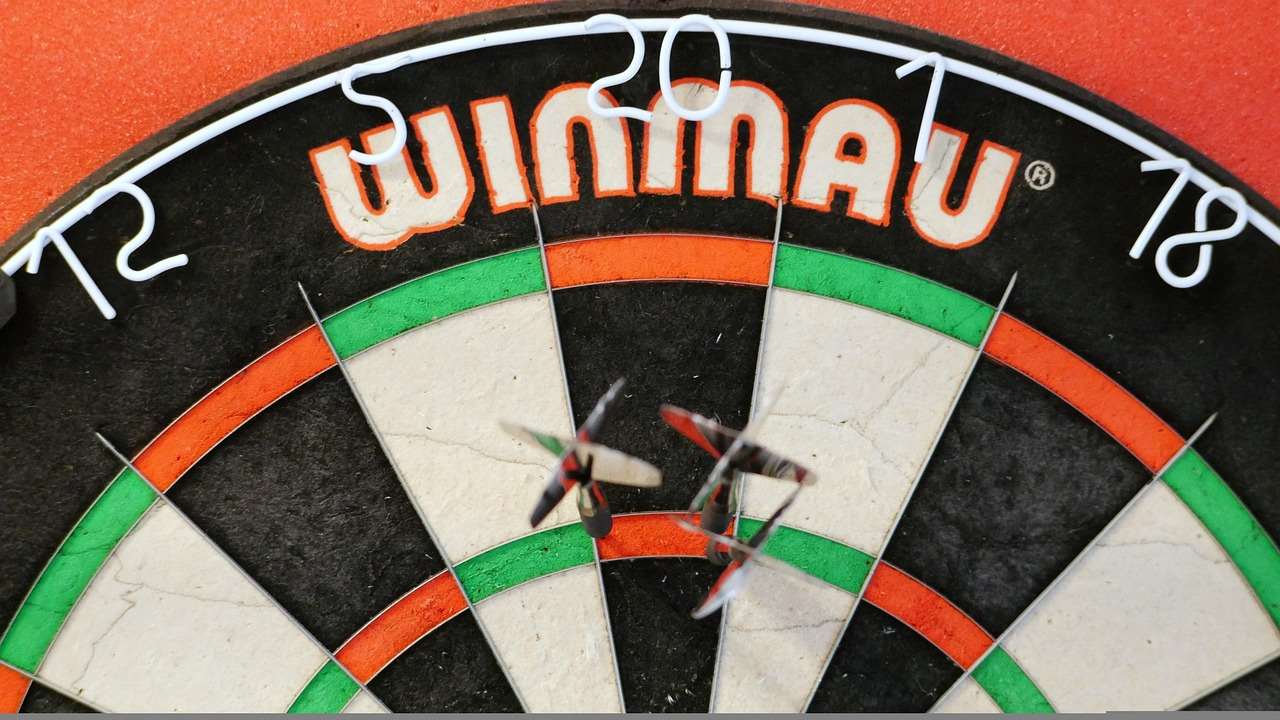
Developing a Strategy for a Quick Leg
A strategic approach is vital for achieving the **best leg in darts**. This goes beyond simply aiming for the T20 and hoping for the best. It involves pre-planning, calculating, and adapting to the situation on the board.
Pre-Planning Your Approach
Before you even throw your first dart, have a general plan for how you want to approach the leg. This might involve:
- Setting a Scoring Target: Aim for an average score per visit (three darts) of around 85-100. This will put you on track for a sub-20 dart leg.
- Identifying Your Preferred Checkouts: Know which double you prefer to finish on and plan your checkouts accordingly.
- Having a Backup Plan: If your initial plan goes awry, be prepared to adjust your strategy on the fly.
Calculating During the Leg
As the leg progresses, you’ll need to make quick calculations to determine your best course of action. This involves:
- Calculating Your Remaining Score: Keep track of your score and know exactly how many points you need to finish.
- Identifying Potential Checkouts: Look for opportunities to set up a favorable checkout, even if it means sacrificing a few points.
- Adjusting to Your Opponent: If your opponent is scoring heavily, you may need to take more risks to keep pace.
Effective calculation is essential for navigating the complexities of a darts leg and maximizing your chances of a quick finish. Many players now use an Automatic dart scoring app which helps with these calculations.
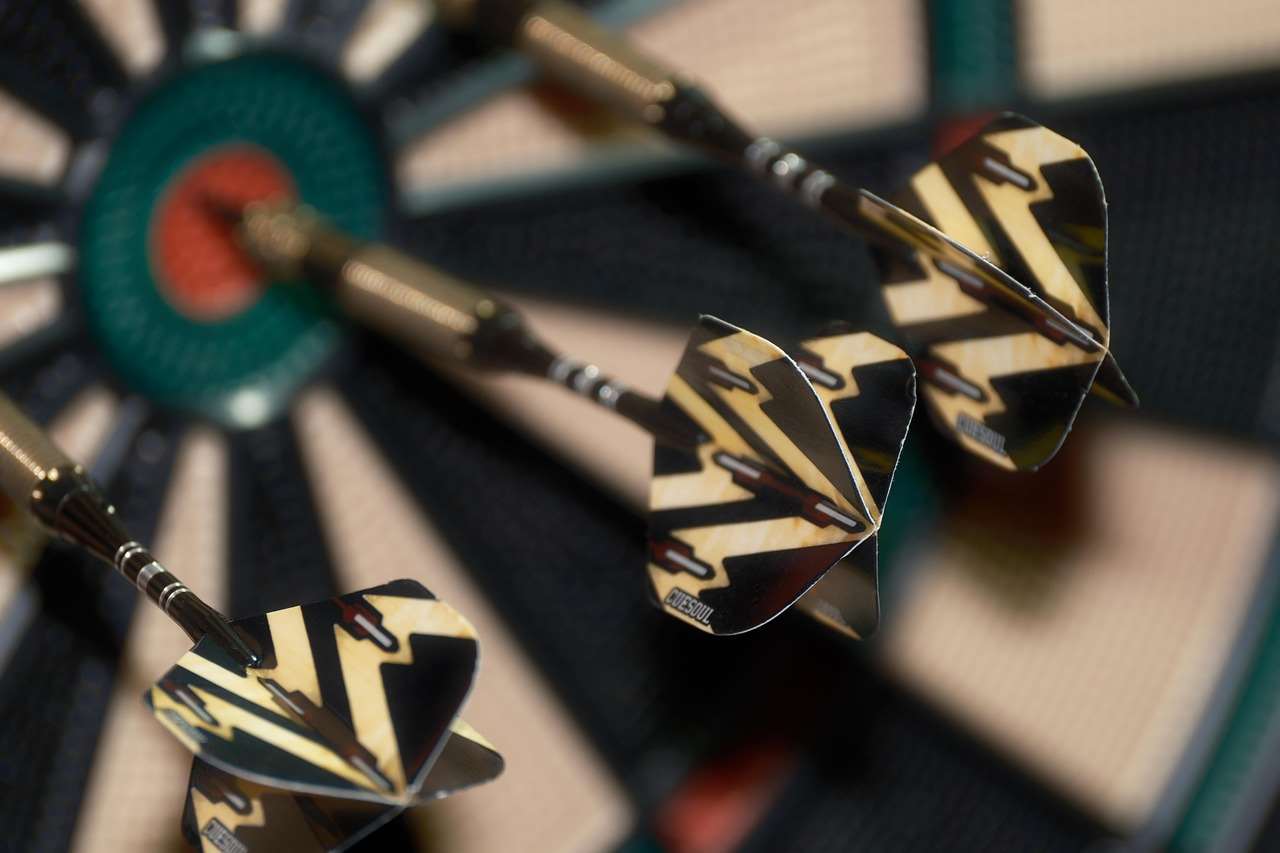
Training Drills to Improve Your Leg Time
To consistently achieve the **best leg in darts**, targeted practice is essential. Here are some drills you can incorporate into your training routine:
- T20/T19 Switching Drill: Practice switching between the T20 and T19, aiming for consistency on both targets. This is useful when your primary target is blocked or you need to adjust your scoring strategy.
- Around the Clock Doubles: Start at double 1 and work your way around the board, hitting each double in sequence. This will improve your accuracy on all the doubles.
- Checkout Practice: Choose a checkout number (e.g., 81, 101, 121) and practice hitting it repeatedly. Vary your approach to simulate different game scenarios.
- High Score Challenge: Set a target score (e.g., 500) and try to reach it in the fewest possible darts. This will encourage you to focus on consistent scoring.
- The “170” Challenge: Practice hitting the maximum checkout of 170 (T20, T20, Bull). Although difficult, it builds confidence and improves your accuracy under pressure.
Remember to track your progress and analyze your performance to identify areas for improvement. Consistent practice is the key to developing the skills and confidence needed to throw your **best leg in darts**.
Mental Fortitude and the Best Leg in Darts
As mentioned earlier, darts is as much a mental game as it is a physical one. The ability to stay focused, manage pressure, and bounce back from setbacks is crucial for achieving the **best leg in darts**. A strong mental game can often be the deciding factor between a good leg and a truly exceptional one.
Developing a Positive Mindset
Cultivating a positive mindset is essential for success in darts. This involves:
- Believing in Yourself: Have confidence in your ability to hit your targets and finish your checkouts.
- Staying Positive: Avoid negative self-talk and focus on your strengths.
- Visualizing Success: Imagine yourself hitting the winning dart and achieving your goals.
Managing Pressure
Pressure is an inevitable part of darts, especially when you’re on the verge of a quick leg. To manage pressure effectively, try the following:
- Deep Breathing: Take slow, deep breaths to calm your nerves.
- Focusing on the Process: Concentrate on your technique and avoid thinking about the outcome.
- Accepting Mistakes: Everyone makes mistakes. Don’t dwell on them; learn from them and move on.
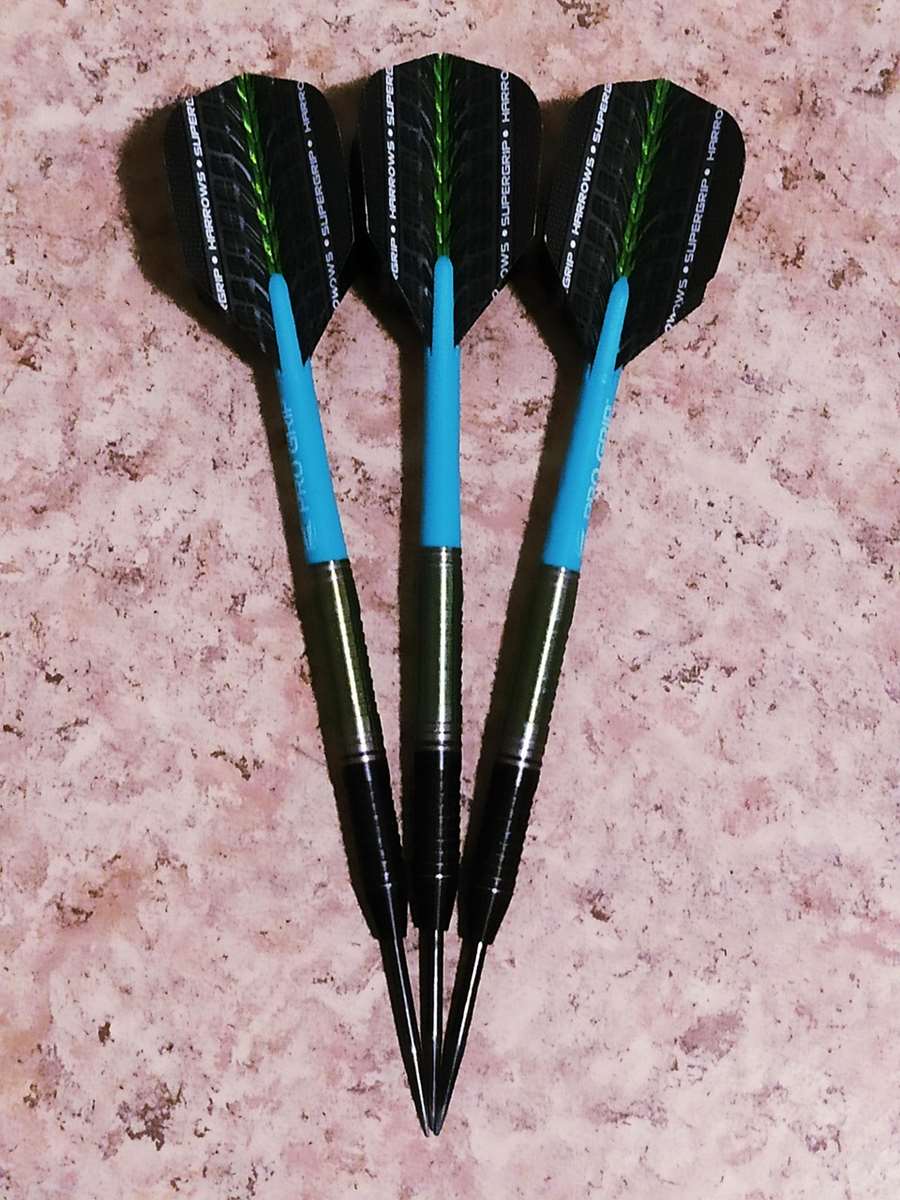
Common Mistakes to Avoid for a Fast Leg
Several common mistakes can sabotage your chances of achieving the **best leg in darts**. Awareness of these pitfalls is the first step in avoiding them.
- Rushing Your Throws: Taking your time and focusing on your technique is more important than throwing quickly.
- Changing Your Grip: Maintain a consistent grip throughout the leg. Avoid experimenting with different grips mid-game.
- Ignoring Your Stance: Ensure your stance is stable and comfortable.
- Overthinking Your Checkouts: Trust your instincts and go for the most obvious checkout.
- Tilting: Becoming emotional and frustrated after missing darts only hinders your performance. Maintain composure.
By avoiding these common mistakes, you’ll significantly improve your consistency and increase your chances of throwing a **spectacular leg of darts**.
Equipment Choices and Their Impact
While skill and practice are paramount, your equipment also plays a role in achieving the **best leg in darts**. Choosing the right darts, shafts, and flights can enhance your performance.
Darts
Experiment with different weights, shapes, and materials to find the darts that feel most comfortable and balanced in your hand. A dart’s grip and balance can significantly affect your throwing consistency.
Shafts
Shaft length and material can influence the dart’s trajectory and stability. Experiment with different shaft lengths to see what works best for you. Also consider dart points grippy when looking at equipment
Flights
Flight shape and size affect the dart’s flight path and stability. Smaller flights tend to fly faster and straighter, while larger flights provide more stability. Flight material, like standard or poly, can also affect wear and tear.
Finding the right combination of equipment is a personal process. Don’t be afraid to experiment until you find what works best for your individual throwing style.
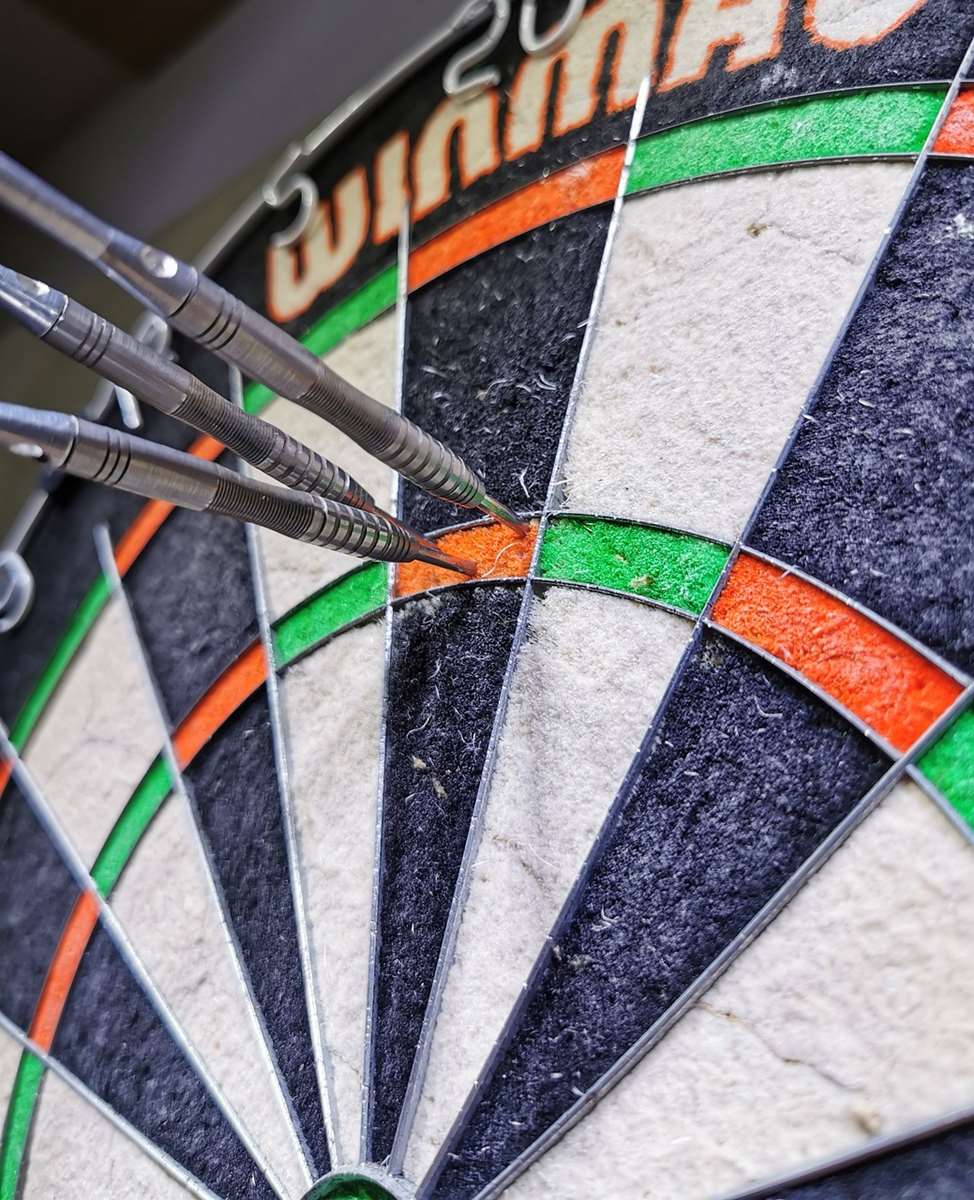
Analyzing Professional Examples of the Best Leg in Darts
Watching professional players achieve exceptional legs can provide valuable insights and inspiration. Analyzing their techniques, strategies, and mental approaches can help you improve your own game.
Pay attention to how the professionals handle pressure, how they adjust their strategies on the fly, and how they celebrate their successes. Note also when is the darts players championship on, so you can study those playing
By studying the pros, you can learn valuable lessons about what it takes to consistently throw your **best darts** and achieve the **best leg in darts**.
The Role of Practice and Consistency
Ultimately, achieving the **best leg in darts** is all about practice and consistency. There are no shortcuts to success in darts; you must put in the time and effort to develop your skills and refine your technique. Set yourself daily goals to push you onwards.
Consistent practice is essential for developing muscle memory and improving your accuracy. The more you practice, the more comfortable and confident you’ll become at the oche.
Remember to focus on quality over quantity. It’s better to practice for a shorter period with focused attention than to practice for hours without a clear plan.
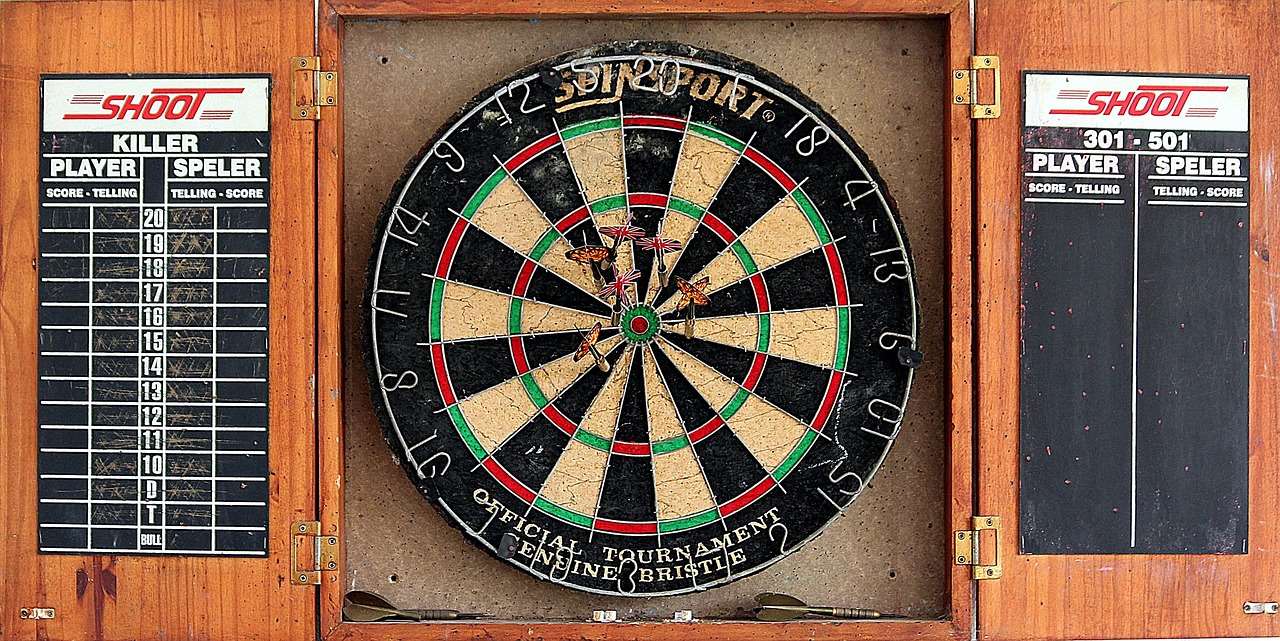
Conclusion: Mastering the Best Leg in Darts
Achieving the **best leg in darts** requires a combination of skill, strategy, mental fortitude, and consistent practice. By focusing on the key elements outlined in this article – consistent scoring, accurate double hitting, strategic checkout planning, and mental toughness – you can significantly improve your chances of throwing a memorable and impressively fast leg.
Remember, it’s a journey, not a destination. Keep practicing, keep learning, and keep striving to improve your game. The **best leg in darts** is within your reach! Start practicing those doubles today and see how quickly you can shave darts off your average leg score. Good luck, and may your darts fly true!
Hi, I’m Dieter, and I created Dartcounter (Dartcounterapp.com). My motivation wasn’t being a darts expert – quite the opposite! When I first started playing, I loved the game but found keeping accurate scores and tracking stats difficult and distracting.
I figured I couldn’t be the only one struggling with this. So, I decided to build a solution: an easy-to-use application that everyone, no matter their experience level, could use to manage scoring effortlessly.
My goal for Dartcounter was simple: let the app handle the numbers – the scoring, the averages, the stats, even checkout suggestions – so players could focus purely on their throw and enjoying the game. It began as a way to solve my own beginner’s problem, and I’m thrilled it has grown into a helpful tool for the wider darts community.